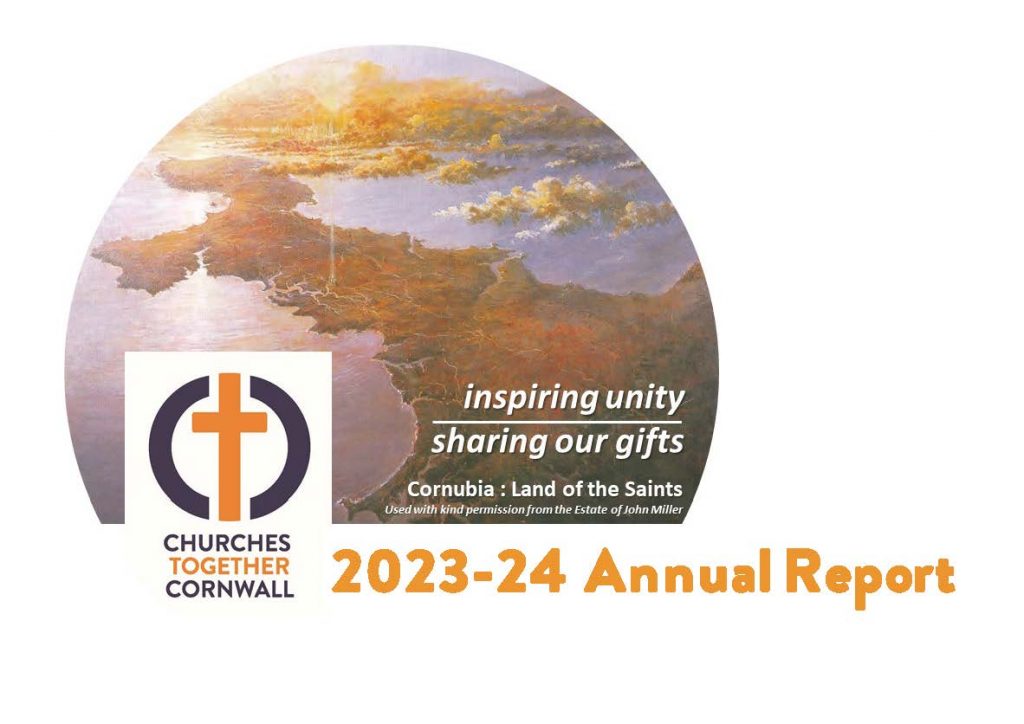Published Wednesday, 02 August, 2023
UK aid spending has fallen to 0.5% of Gross National Income. What did this mean for aid programmes and recipients in 2021, and what is the outlook?
In November 2020, the Government announced aid spending would fall from 0.7% to 0.5% of Gross National Income (GNI) as a “temporary measure,” in response to the Covid-19 pandemic’s effects on the UK’s public finances and economy. It is not planned to return to 0.7% until at least after 2027/28.
Spending has fallen from its peak of £15.1 billion in 2019 to £14.5 billion in 2020, £11.5 billion in 2021, before rising to £12.8 billion in 2022. However, the 2022 rise did not result in an end to pressures on aid spending, as nearly a third of the budget was spent in the UK meeting the costs of hosting refugees.
This research briefing sets out the effects of a reduced aid budget on the UK’s aid spending in 2020 and 2021 (final spending figures for 2022 are expected in the Autumn of 2023), ongoing pressures on the budget, and future plans for aid spending by the Foreign, Commonwealth and Development Office (FCDO).
What are the priorities for UK aid spending?
UK aid spending in 2021 and since 2022 has been governed by two strategies.
Aid spending for 2021/22 took place under seven priorities, which included girls’ education, climate change, and responding to the Covid-19 pandemic.
A new aid strategy, which runs for ten years, was published in May 2022. This retains the earlier geographic focus and has four priorities: Reliable investment and trade, empowering women and girls, humanitarian assistance, and climate change, biodiversity, and global health.
In 2023, the Government will publish a new International Development White Paper on how the UK will address extreme poverty and climate change through its aid budget. This will cover the period to 2030.
How did spending change in 2021?
For 2021, the Government said the Indo-Pacific and Africa, and humanitarian crises in Yemen, Syria, Somalia and South Sudan were aid priorities. Almost all countries had large reductions in aid in 2021 compared to 2020. This included: Yemen (£221 million to £114m), Syria (£181m to £91m), Somalia (£232m to £101m) and South Sudan (£156m to £96m). South Africa was one of the few that saw an increase, largely due to an increase in climate finance. Final spending figures for 2022 will be released in Autumn 2023.
While the FCDO said its equalities assessments found programmes targeting those with protected characteristics were no more likely to be reduced than other programmes, a leaked report to the International Development Committee (IDC), drafted in March 2021, suggested there would be reductions in programmes targeted at women, girls, and those with disabilities.
The National Audit Office (NAO) also found that all seven priority areas for spending in 2021/22 apart from climate change saw a reduction in spending in 2021/22. In May 2022, the NAO judged it “too early” to assess the impact of spending changes on long-term value for money.
Ongoing pressures on the overseas aid budget
The Government says aid spending currently stands at 0.55% of GNI. Current pressures include: the need to meet multilateral commitments (such as to the UN or multilateral development banks) in the short-term and the UK’s wider aim to increase the proportion of aid delivered directly to countries, and the rising proportion of the aid budget spent in the UK and by the Home Office to meet the costs of hosting refugees, including from Ukraine. The Government has announced £2.5 billion in additional funding for 2022 to 2025 in response.
Outlook for spending in 2023/24 and 2024/25
In July 2023, the FCDO published its spending plans to 2024/25 (this does not include plans by other departments which also spend aid). The FCDO has allocated £6.9 billion in aid for 2022/23, rising to £8.3 billion in 2024/25.
Bilateral aid (that to other countries and regions) will experience a further fall in 2023/24, before a rise in 2024/25. In 2024/25, FCDO bilateral aid will be 30% higher than in 2021/22 (£2.7 billion versus £2.1 billion). That for Africa will rise 47% over the same period (£925 million to £1.4 billion). These plans may change and do not include other FCDO commitments to multilateral institutions or cross-cutting spending.
The fall in bilateral aid is to enable the UK to meet its commitments to multilateral institutions as well as a response to rising Home Office aid spending. The International Development Minister, Andrew Mitchell, has acknowledged bilateral spending took an “enormous hit” in 2023/24 to meet the UK’s multilateral commitments. The Government has also established an FCDO-Treasury committee to improve its oversight of aid spending.
In July 2023, the FCDO published an equalities impact assessment on spending plans for 2023/24 (PDF). This found the impact of reductions “is expected to be severe” on equalities, including for women and girls, those with disabilities, and others in humanitarian need. The FCDO says its “limited funds” meant not “all equality impacts could be mitigated” but in response had planned uplifts to aid spending, including in Afghanistan, Yemen, and Somalia.





